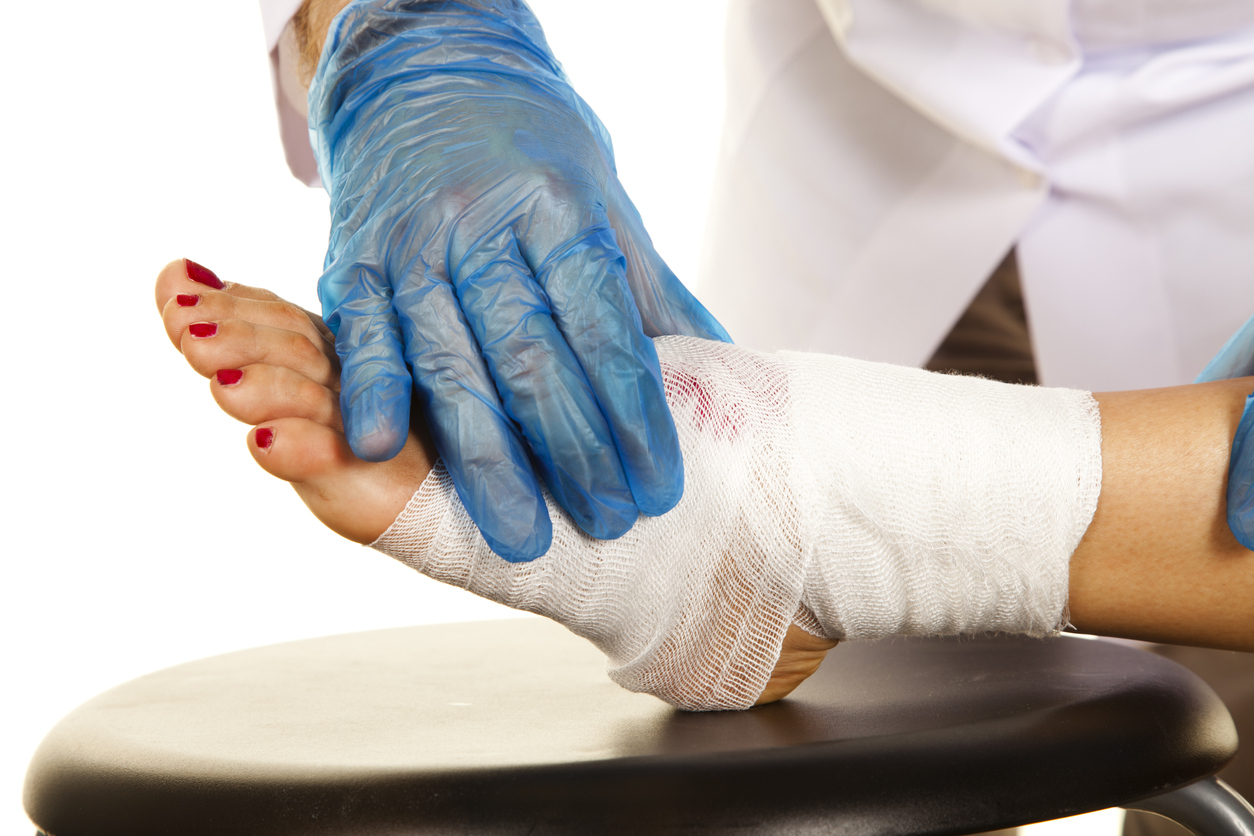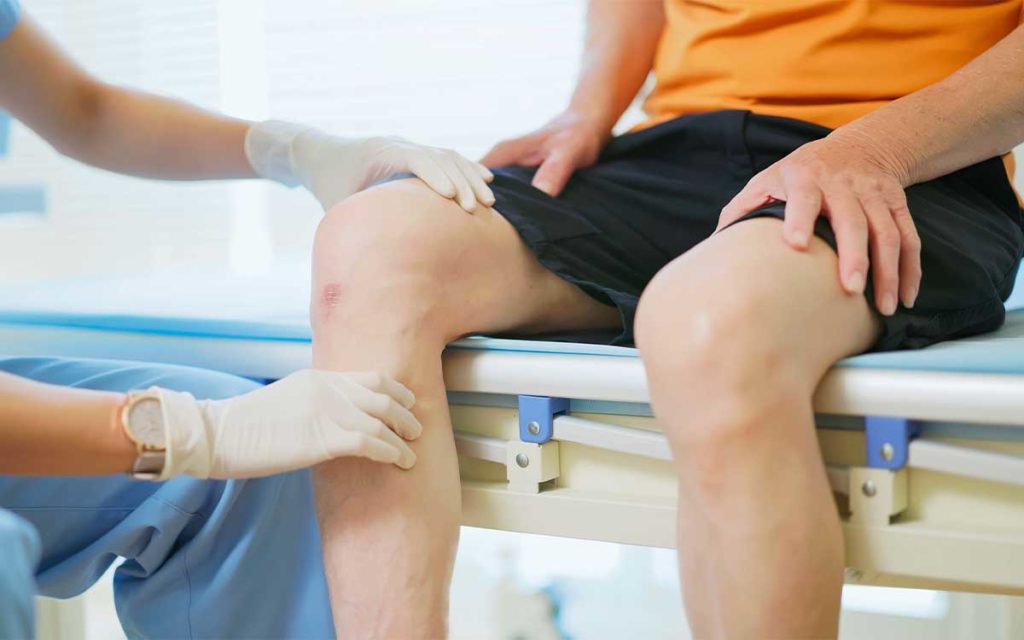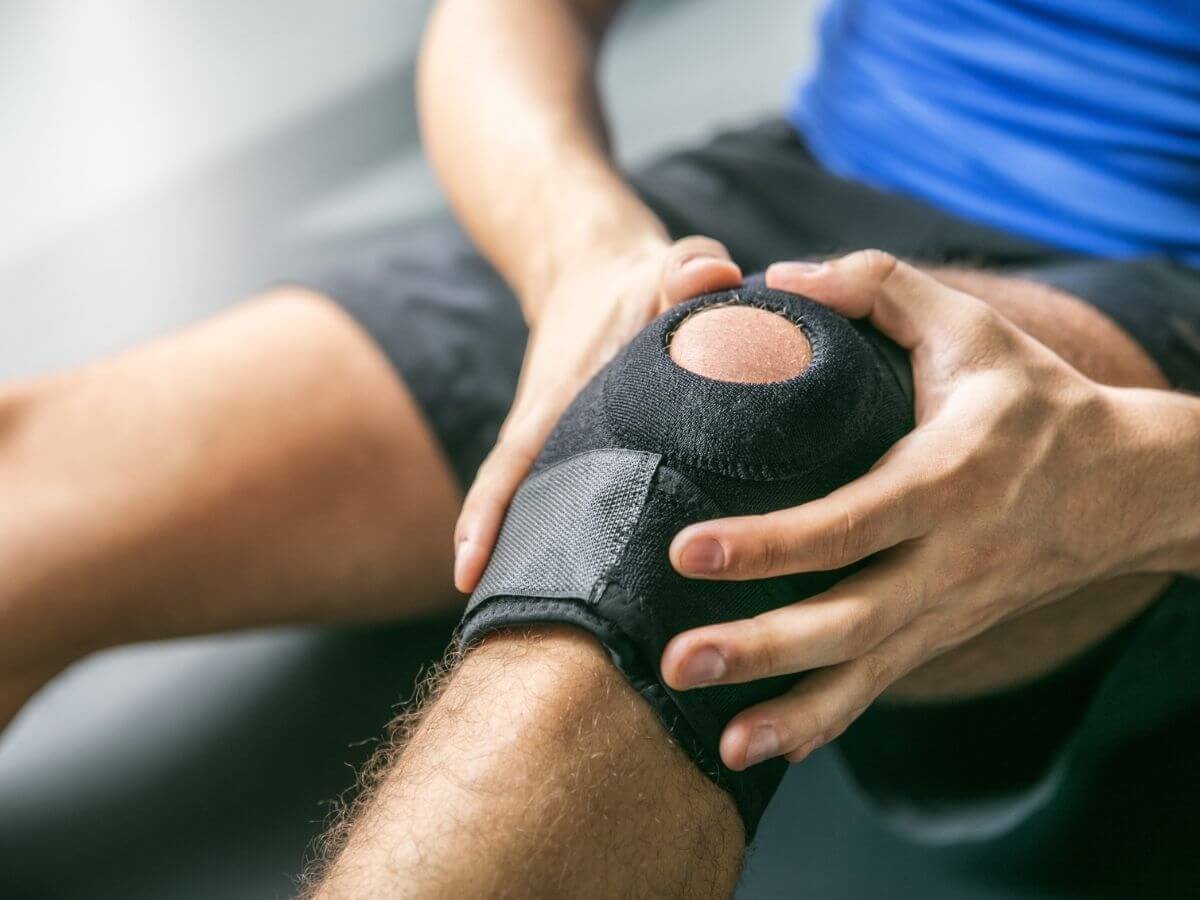Understanding Diabetic Foot Ulcers and Their Impact
Diabetic foot ulcers are open sores or wounds that commonly develop on the feet of individuals with diabetes. These ulcers result from a combination of factors, including poor circulation and nerve damage, which are frequent complications of diabetes. People with diabetic foot ulcers often experience prolonged healing times due to reduced blood flow and impaired immune response. Left untreated, these ulcers can lead to severe infections, which may require amputation in extreme cases. The emotional and physical toll of these complications is significant, highlighting the importance of early and effective treatment.
Orthopedic care plays a crucial role in managing and preventing diabetic foot ulcers. By addressing structural issues, reducing pressure on vulnerable areas, and providing specialized footwear, orthopedic interventions can significantly improve outcomes. This specialized care helps patients maintain mobility and avoid serious complications, ensuring a better quality of life. Awareness about the importance of timely orthopedic treatment is vital for individuals managing diabetes and its associated risks.
Causes and Symptoms of Diabetic Foot Ulcers
Several factors contribute to the development of diabetic foot ulcers, with poor circulation and diabetic neuropathy being the most prominent. Circulatory issues limit the blood supply to the feet, slowing the natural healing process. Neuropathy, or nerve damage, reduces the ability to sense pain or pressure, making it easy for minor injuries to go unnoticed until they worsen. Other risk factors include poorly controlled blood sugar levels, foot deformities, and wearing inappropriate footwear.
Recognizing the symptoms of diabetic foot ulcers is critical for early intervention. These symptoms may include redness, swelling, and tenderness around the affected area, as well as drainage or discharge. Some ulcers emit a foul odor, signaling the presence of infection. Pain may not always be present due to nerve damage, making regular foot inspections even more essential. Identifying these warning signs and seeking prompt medical attention can prevent the ulcers from progressing into more severe conditions.
Orthopedic Approaches to Treat Diabetic Foot Ulcers
Orthopedic treatment is a cornerstone of effective management for diabetic foot ulcers. Specialized care focuses on reducing pressure, enhancing blood flow, and promoting healing. Custom footwear and orthotic devices are often prescribed to offload pressure from the ulcerated area, preventing further damage. Additionally, orthopedic braces and casts can immobilize the foot, protecting it from excessive strain.
For more severe cases, surgical options may be necessary. Debridement, a procedure that removes dead or infected tissue, is often employed to create an optimal environment for healing. In cases where structural abnormalities or severe infections are present, reconstructive surgery may be required. Orthopedic specialists also collaborate with diabetic care providers to ensure a holistic approach to treatment, addressing both the immediate ulcer and the underlying conditions contributing to its development.
Preventative Measures for Diabetic Foot Ulcers
Prevention is a critical aspect of managing diabetic foot ulcers, and orthopedic strategies play a pivotal role. One of the most effective measures is wearing properly fitted footwear that reduces pressure on sensitive areas and minimizes the risk of injury. Orthotics, such as insoles and cushioned pads, provide additional support and help distribute weight evenly across the foot.
Daily foot care routines are essential for individuals with diabetes. Regularly inspecting the feet for cuts, blisters, or unusual changes can help detect potential problems before they escalate. Keeping the feet clean and moisturized prevents cracks and dryness, which can lead to ulcers. Orthopedic specialists often provide education on proper foot care techniques, empowering patients to take an active role in preventing complications. These proactive steps are invaluable in reducing the risk of developing ulcers and maintaining overall foot health.
Innovative Orthopedic Solutions for Diabetic Foot Ulcers
Advancements in orthopedic care have introduced innovative solutions for treating diabetic foot ulcers. Bioengineered skin substitutes, for instance, can accelerate the healing process by providing a protective barrier and promoting tissue regeneration. These grafts are particularly useful for chronic ulcers that do not respond to traditional treatments.
Another breakthrough is the use of 3D printing technology to create custom orthotic devices tailored to the patient’s unique foot structure. These devices enhance comfort and provide precise support, reducing the risk of further complications. Minimally invasive techniques, such as laser therapy and microvascular surgery, have also shown promise in improving blood flow and speeding up recovery. These cutting-edge approaches highlight the ongoing evolution of orthopedic care, offering hope for better outcomes in managing diabetic foot ulcers.
Lifestyle Adjustments to Support Orthopedic Treatment
Incorporating lifestyle changes is essential to maximize the benefits of orthopedic treatment for diabetic foot ulcers. Maintaining stable blood sugar levels is crucial, as high glucose levels can delay the healing process and increase the risk of infection. Patients should work closely with healthcare providers to develop a personalized plan for managing their diabetes effectively.
A balanced diet rich in nutrients supports overall health and aids in recovery. Foods high in vitamins C and E, as well as zinc, play a role in tissue repair and immune function. Regular physical activity, such as low-impact exercises, improves circulation and promotes healing. It is important to follow orthopedic advice on safe exercise routines to avoid straining the feet. By integrating these lifestyle adjustments, patients can enhance their treatment outcomes and prevent future complications.
When to Seek Orthopedic Help
Timely intervention is key to preventing serious complications from diabetic foot ulcers. Patients should seek orthopedic care if they notice persistent wounds, signs of infection such as redness or swelling, or difficulty walking. Even seemingly minor issues like calluses or blisters can escalate quickly without proper treatment.
Orthopedic specialists offer tailored solutions that address both the ulcer and its underlying causes. Choosing the right specialist involves looking for professionals with experience in diabetic foot care and access to advanced treatment options. Regular check-ups with an orthopedic provider are also essential for individuals with diabetes, ensuring ongoing monitoring and prompt action if issues arise.
Frequently Asked Questions (FAQ)
Can diabetic foot ulcers heal without surgery?
Yes, many diabetic foot ulcers can heal with non-surgical interventions such as custom orthotics, wound care, and lifestyle changes. Early detection and treatment are crucial for non-surgical success.
How long does it take to recover from an ulcer with orthopedic treatment?
Recovery time varies depending on the severity of the ulcer and the patient’s overall health. Mild cases may heal within weeks, while more severe ulcers can take months to recover fully.
What should I look for in orthopedic footwear?
Orthopedic footwear should provide proper arch support, cushioning, and a roomy toe box. Avoid tight or ill-fitting shoes that can increase pressure on the feet.
Are diabetic foot ulcers always painful?
Not always. Due to nerve damage, some individuals with diabetic foot ulcers may not feel pain, making regular foot inspections even more important.
How often should I visit an orthopedic specialist if I have diabetes?
Regular visits, at least annually or more frequently if you have existing foot issues, are recommended to monitor foot health and address any concerns promptly.






